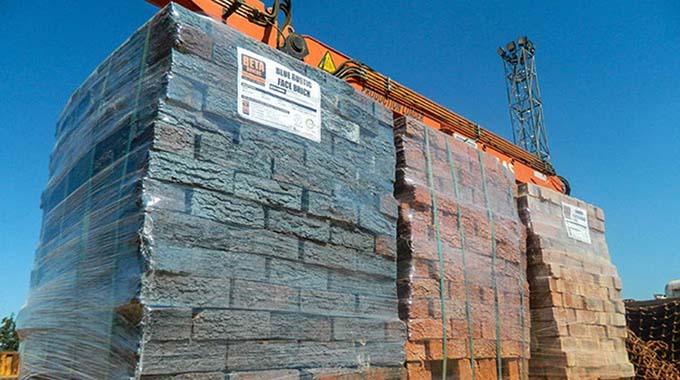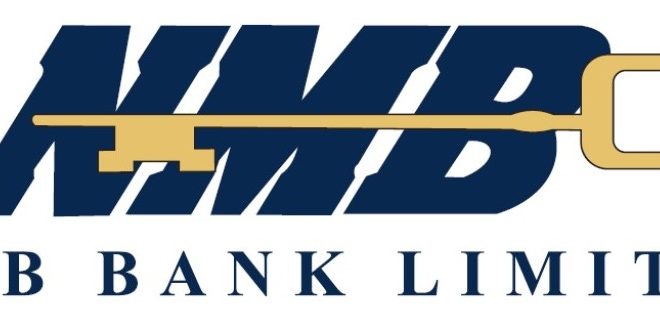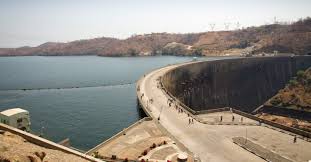Dwindling Lake Kariba will leave Zim in a lurch
Zimbabwe faces growing uncertainty of power supply over the short to medium term amid indications the Zimbabwe Power Company (ZPC), will continue to use Kariba South, the country’s largest source of electricity, sparingly to avoid depleting the lake.
This comes as the lake water level has dropped drastically while the demand for power, which peaks at 2 000 megawatts (MW), far outstrips the average output of 1 400MW, if Kariba South hydro power station is operating at full throttle.
But Kariba will inevitably continue to operate below its optimal capacity until at the earliest March next year, and in the event of a good rainy season in the key catchment area of the lake’s major source of water, the Zambezi River.
The Zambezi River rises in the highlands of north-western Zambia, flowing into Angola and entering Western Zambia where it meanders through the Liuwa and the Barotse floodplains and eventually flows in Zimbabwe and Mozambique before draining into the Indian Ocean.
However, due to the seasonal dynamics of the hydrological cycle of the river, Lake Kariba receives its peak inflow between February and May.
During the intervening period, when the dam water level will still be critically low following successive poor rainy seasons in the region in the last couple of years, Kariba South power station will not be able to operate at full capacity.
Presently, the plant’s generators are only made to operate full throttle during peak power demand periods; that is in the mornings and evenings, after which output is curtailed to conserve the limited available water in the lake. The Zambezi River Authority (ZRA), which administers the affairs of the riparian river on behalf of Zimbabwe and Zambia, is already rationing the amount of water used by the two countries to generate power on either side of Lake Kariba.
Although the lake may appear to have significant water holdings, the bulk of it is regarded “dead water”, which is not available for power generation since the reservoir is not allowed to drop below a certain threshold to avoid depleting it.
Lake Kariba, at full capacity rises to slightly over 485 metres, but cannot be used to generate power below 475 metres, as this may create complications that could make it impossible to refill and use it again to produce electricity in future.
A significant tourist attraction, the world’s largest inland water body, shared by Zimbabwe and Zambia, must also retain significant amounts of water to support recreational (tourism) activity and commercial operations such as fishing.
Zesa said in e-mailed responses to questions that “reliance on Kariba is not advised because it is dependent on the rainfall performance this coming rain season. The lake level is currently at 18,27 percent full. Water rationing has since been instituted and peak inflows into the lake are only after the month of March 2022”.
Zimbabwe is facing crippling shortages due to limited generation capacity, which is compounded by frequent breakdowns at its second biggest facility, Hwange Power Station (HPS), while Kariba’s 1050 megawatts output is generally curtailed due to low lake water levels.
Kariba South, which should ordinarily operate as a peak load power station, is forced to kick in regularly to supply the country due to reliability issues that constantly weigh on HPS, despite the chillingly low dam water level.
HPS, a 920MW rated power plant, currently averages a mere 400MW due to frequent breakdowns caused by its advanced age, which affect its reliability as the country’s baseload power plant.
In the last few days, a technical fault knocked out three quarters of HPS output.
Crippling power supply shortage in Zimbabwe reflects lack of significant investment in new generation since the mid 80s when the Government completed the construction of HPS, before growing deficits jolted it to invest in Kariba South expansion.
Sub-economic power tariffs are also often cited for limited investment in energy infrastructure by investors.
The shortage of power forces state power utility, Zesa, to implement long hours of load shedding to balance demand and supply, which comes at a huge cost to industry, commercial users, households and the economy, leaving large parts of the country in darkness.
Business leaders, including from the country’s largest industrial lobby, Confederation of Zimbabwe Industries, are on record saying that the prevailing power outages are crippling production across various sectors of the economy while the use of generators as an alternative source of energy remains costly and not sustainable.
“Its really crippling industry, we can’t go forward and you know without power we can’t start our machinery and not only industry is affected. All facets of life and we are really at a point where all our predictions to year end will not be realised at this rate.
“We are actually going back and we hear stories that there is 300MW (imported power) we are not seeing; we have not seen it. From the utility, we don’t want to talk, we want power. So the power situation at the moment is really crippling,” CZI president Kurai Matsheza said recently.
While the power utility makes effort to reduce the full impact of the domestic power supply shortage by importing from the region, it faces the constant challenge of limited availability of foreign currency to buy from regional suppliers.
To partly address this handicap, Zesa charges importing companies, mostly mining entities, in foreign currency. However, even then the resources remain grossly inadequate given Zesa also needs the forex for critical spares.
“Foreign currency received from exporting customers remains inadequate in lieu of the mandatory 60/40 surrender requirements. The customers pay 60 percent in foreign currency and 40 percent in local currency. “Unfortunately, it is a challenge to convert the 40 percent local currency back to foreign currency,” Zesa said.
Zimbabwe is currently importing just over 250MW from Mozambique’s Hydro Caborra Bassa and EDM, Zambia’s ZESCO under an upfront payment arrangement, as well as Eskom of South Africa.
The state power utility also said “further the same foreign currency receipts also service repayments on other facilities like the one from Afreximbank and also fund other obligations like critical spares and foreign insurance.
The result is that Zesa now owes millions of US dollars in unpaid debt for imported power from the region.
ZPC acting general manager Engineer Kenneth Maswera, said the water levels in the Kariba Dam had gone down and while the power utility continues to rely on it for most of the power consumed in the country, it was critical not to run the dam dry.
“Kariba remains our major anchor of energy supply, but we want to commit ourselves to having sustainable energy supply from Kariba. So we are actually having meetings with our compatriots; Zimbabwe River Authority and ZESCO.
“Ordinarily, post winter we go down (on the utilisation of Kariba water to produce electricity). But unfortunately we have had one or two challenges at Hwange, which are trying to address. We are actually on our way up at Hwange,” he said.
“Certainly, we need to go down (in power generation and usage of water) because we do not want to drain the lake empty; we want to be responsible and ensure there is sustainable use of water at Kariba.
“We will not run down the lake, what we will continue to do is that we will continue to have Kariba as a peaking load power station; peaking load means that we only run Kariba at maximum capacity during peak periods; during day and weekends we normally shutdown the machines so that we conserve water.
He said they will not operate Kariba at full capacity for the better part of this and early next year to avoid emptying the lake dry. However, he said the caveat and challenge to this was that HPS was very old and unreliable.
“We will be running Hwange to the best possible, but you know Hwange is an old horse,” Eng. Maswera said, adding that HPS in its current state can only be operated to produce an average of 400MW at any given time, at best.
Although Zimbabwe is working on a number of interventions to shore up domestic production, the most immediate supply will come from HPS units 7 and 8, which will add 600MW to the grid, but is already running behind schedule.
Unit 7, which will bring an additional 300MW, was originally planned to come on stream in next month, but has fallen behind schedule amid indications that it may only start feeding the grid by end of November, at best.
Unit 8, if all goes according to plan, may only enter production after the first quarter of 2023.-ebusinessweekly










